View all Standards for Georgia Performance Standards - Theatre Arts
TAHSTT.CR.1 Create technical elements of theatre (e.g. sets, props, costumes, makeup, lighting, sound).
a. Explore and utilize the elements of design and principles of composition for a theatrical context.
b. Create basic to advanced technical elements by choosing appropriate materials, tools, and techniques.
c. Analyze and/or develop choices in technical elements (e.g. sets, lights, costumes, sound) of informal and formal productions and theatrical texts as a part of the design process, considering mood, tone, and symbolism.
d. Create industry standard paperwork (e.g. budgets, cut lists, materials, cue sheets, lighting and costume plots, schedules, calendars) as it relates to completing design renderings and/or models.
e. Conceptualize and/or generate design elements for a dramatic work (e.g. scene, one act, full-length, musical).
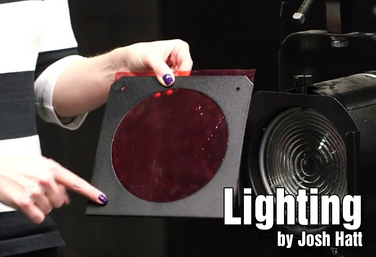
Part of the Technical Theatre Mini Units Curriculum
Lighting
by Josh Hatt
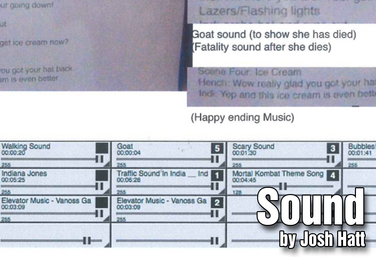
Part of the Technical Theatre Mini Units Curriculum
Sound
by Josh Hatt
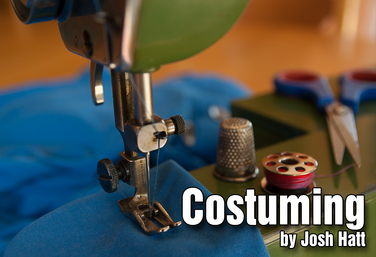
Part of the Technical Theatre Mini Units Curriculum
Costuming
by Josh Hatt
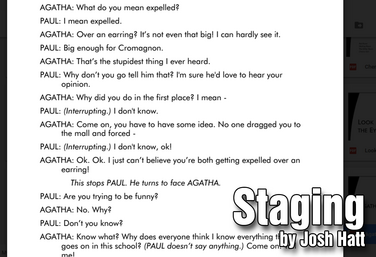
Part of the Technical Theatre Mini Units Curriculum
Staging
by Josh Hatt
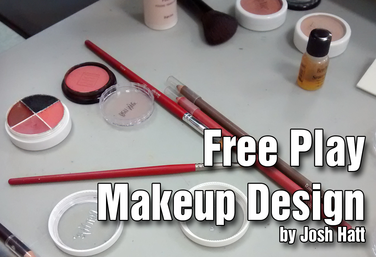
Part of the Technical Theatre Mini Units Curriculum
Free Play Makeup
by Josh Hatt
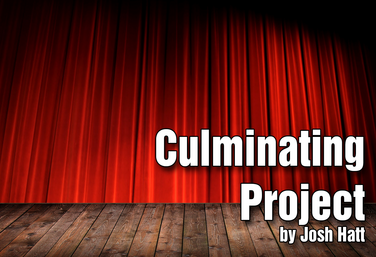
Part of the Technical Theatre Mini Units Curriculum
Culminating Project
by Josh Hatt
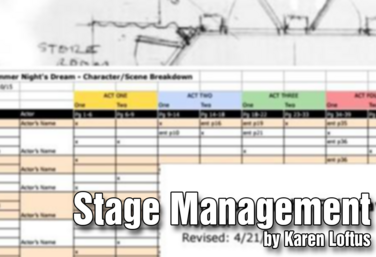
Stage Management
by Karen Loftus
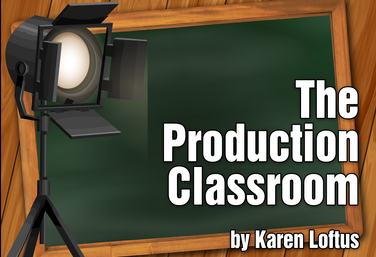
Part of the Production Classroom Units Curriculum
Production Classroom Units Overview
by Karen Loftus

Part of the Production Classroom Units Curriculum
Part One - Pre-Production
by Karen Loftus

Part of the Production Classroom Units Curriculum
Part Two - Rehearsal and Performance
by Karen Loftus

Part of the Production Classroom Units Curriculum
Part Two - Documents
by Karen Loftus

Part of the Production Classroom Units Curriculum
Part Three - Reflection and Assessment
by Karen Loftus

East Meets West: Theatre Traditions
by Marsha Walner
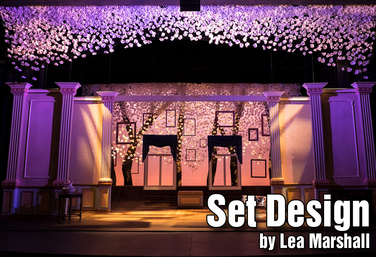
Introduction to Set Design *Hyperdoc
by Lea Marshall
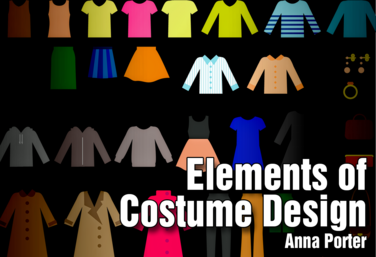
Elements of Costume Design *Hyperdoc
by Anna Porter

Part of the Stagecraft Without a Theatre Curriculum
Introduction to Theatre Production
by Karen Loftus

Part of the Stagecraft Without a Theatre Curriculum
Elements of Design
by Karen Loftus
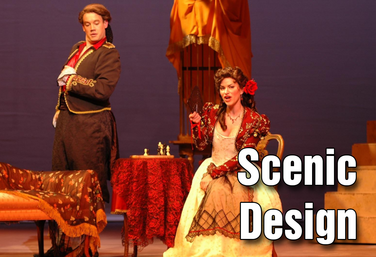
Part of the Stagecraft Without a Theatre Curriculum
Scenic Design
by Karen Loftus

Part of the Stagecraft Without a Theatre Curriculum
Scenic Construction
by Karen Loftus
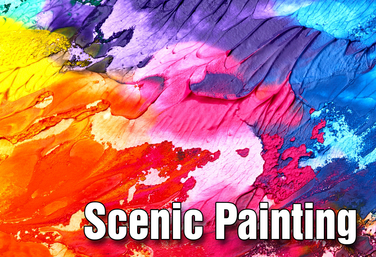
Part of the Stagecraft Without a Theatre Curriculum
Scenic Painting
by Holly Beardsley and Karen Loftus
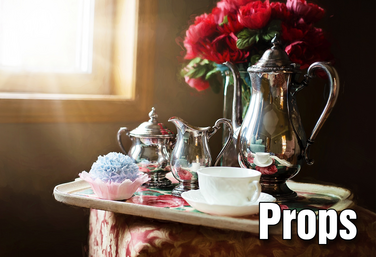
Part of the Stagecraft Without a Theatre Curriculum
Props
by Karen Loftus and Kerry Hishon

Part of the Stagecraft Without a Theatre Curriculum
Lighting
by Karen Loftus, Josh Hatt, and Kerry Hishon

Part of the Stagecraft Without a Theatre Curriculum
Sound
by Karen Loftus and Josh Hatt

Part of the Stagecraft Without a Theatre Curriculum
Costume Design
by Holly Beardsley, Karen Loftus, and Josh Hatt
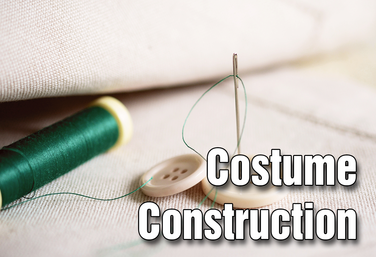
Part of the Stagecraft Without a Theatre Curriculum
Costume Construction
by Karen Loftus

Part of the Stagecraft Without a Theatre Curriculum
Culminating Project
by Karen Loftus
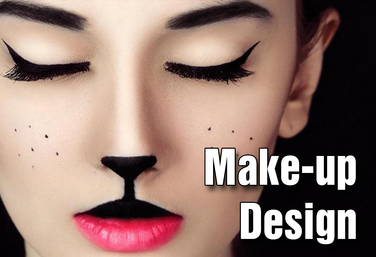
Part of the Stagecraft Without a Theatre Curriculum
Make-Up Design
by Karen Loftus and Josh Hatt
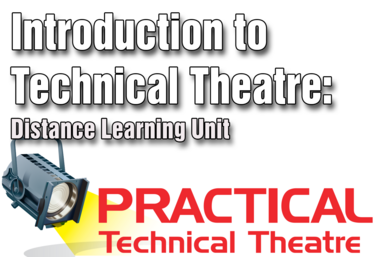
Part of the Distance Learning Curriculum
Introduction to Technical Theatre: Distance Learning
by Lindsay Price
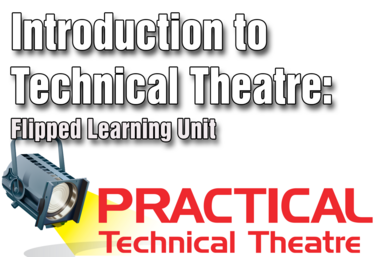
Introduction to Technical Theatre: Flipped Learning
by Lindsay Price
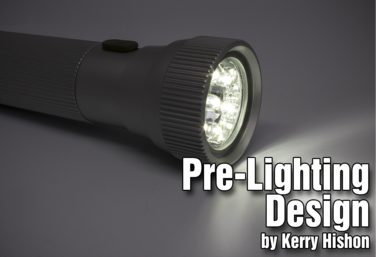
Pre-Lighting Design
by Kerry Hishon
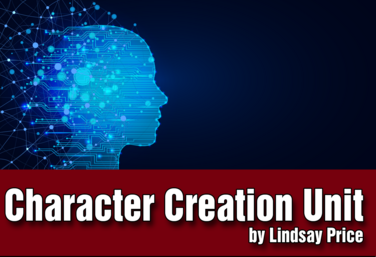
Character Creation: Superhero Series: Multi platform
by Lindsay Price and Kerry Hishon
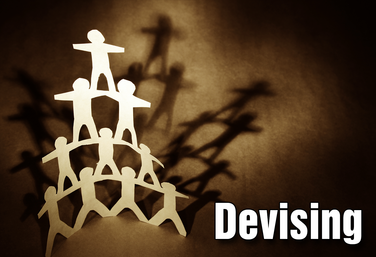
Part of the Drama Two Curriculum
Devising
by Corinna Rezzelle
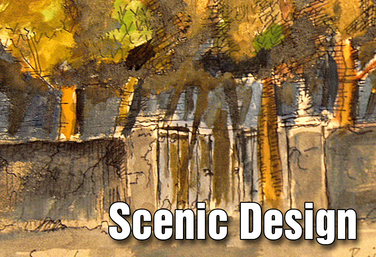
Part of the Drama One Curriculum
Scenic Design
by Karen Loftus
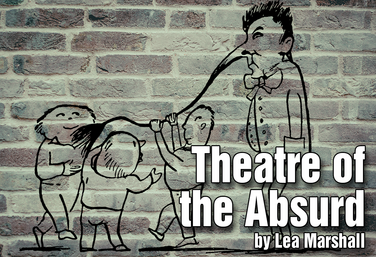
Theatre of the Absurd
by Lea Marshall
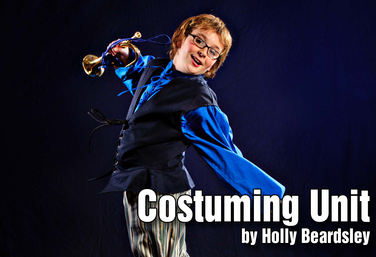
Costuming
by Holly Beardsley
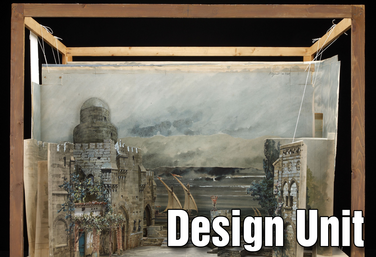
Part of the Drama Two Curriculum
Design
by Matt Webster

Part of the Stagecraft Without a Theatre Curriculum
What is a Stage Manager? (Extra Lesson)
by Karen Loftus
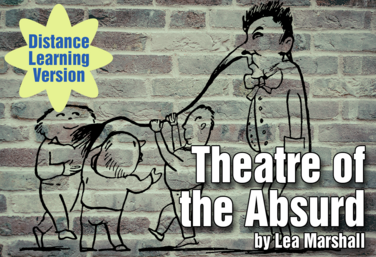.png)
Part of the Distance Learning Curriculum
Theatre of the Absurd
by Lea Marshall
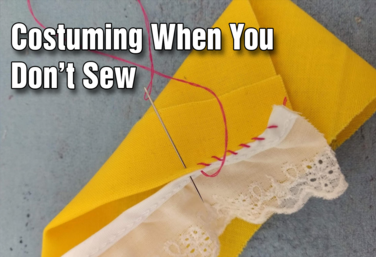
Tech Theatre Unit: Costuming When You Don't Sew
by Drama Teacher Academy
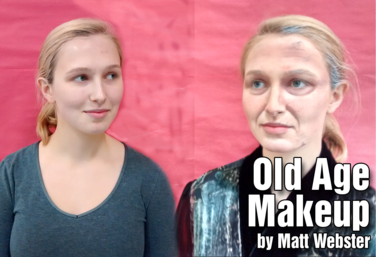
Old Age Makeup
by Matt Webster
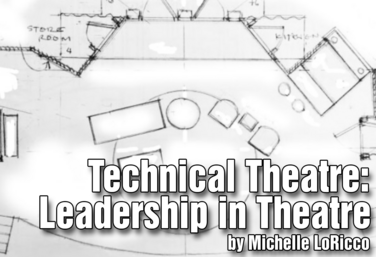
Technical Theatre: Leadership in Theatre
by Michelle LoRicco
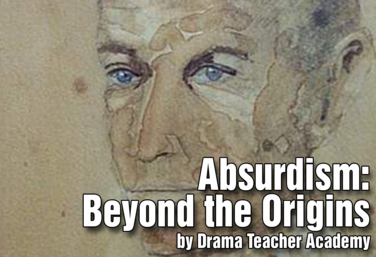
Absurdism: Beyond the Origins
by Drama Teacher Academy
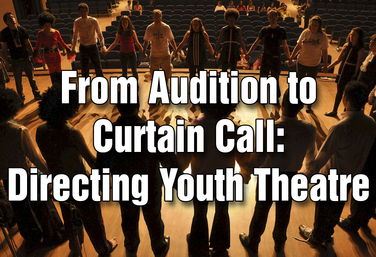
From Audition to Curtain Call: Directing Youth Theatre
by Steven Stack

The Do-it-All Director's Introduction to Costuming
by Holly Beardsley
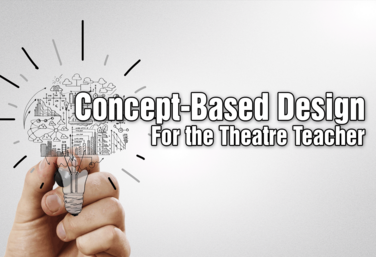
Concept-Based Design for the Theatre Teacher
by Matt Webster
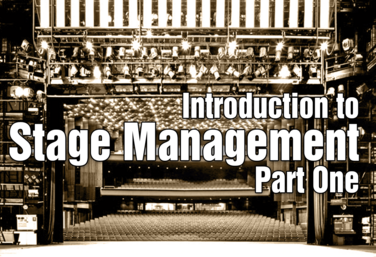
Introduction to Stage Management Part One
by Karen Loftus
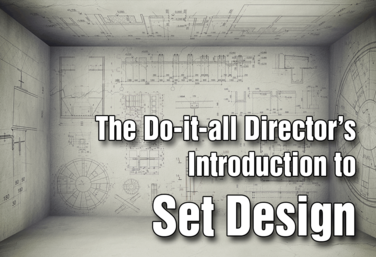
The Do-it-All Director's Introduction to Set Design
by Holly Beardsley
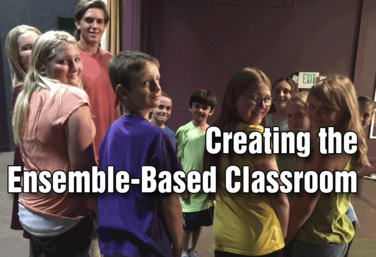
Creating the Ensemble-Based Classroom
by Gai Jones
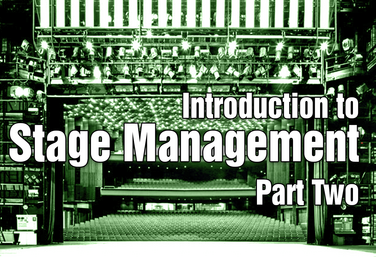
Introduction to Stage Management Part Two
by Karen Loftus
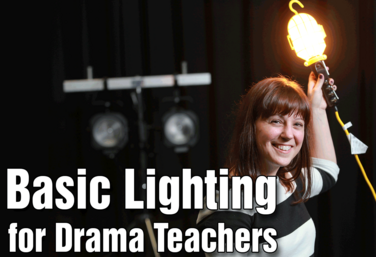
Basic Lighting for Drama Teachers
by Claire Broome
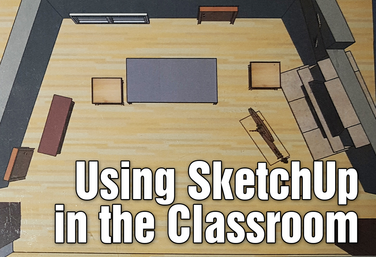
Using SketchUp in the Classroom
by Ray Palasz

The Production Classroom
by Karen Loftus
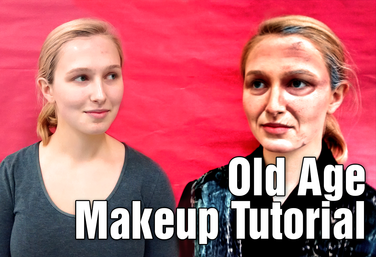
Old Age Makeup Tutorial
by Matt Webster
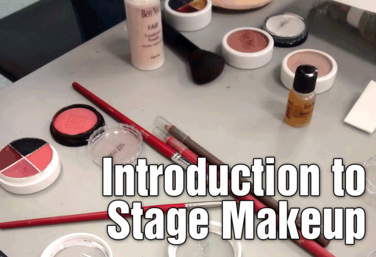
Introduction to Stage Makeup
by Matt Webster
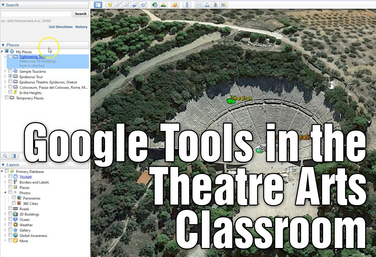
Google Tools in the Theatre Arts Classroom
by Anna Porter
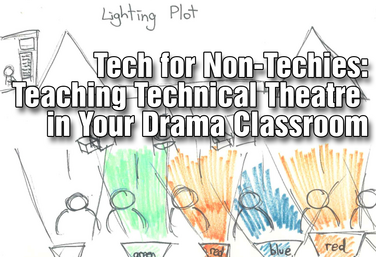
Tech for Non-Techies: Teaching Technical Theatre in Your Drama Classroom
by Josh Hatt
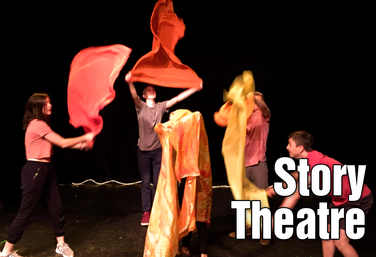
Story Theatre
by Matt Webster
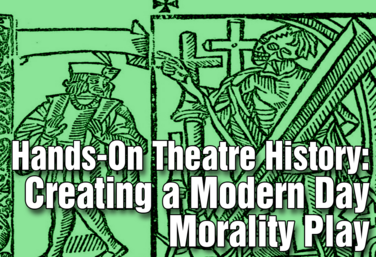
Hands-On Theatre History: Creating a Modern Day Morality Play
by Wendy-Marie Martin
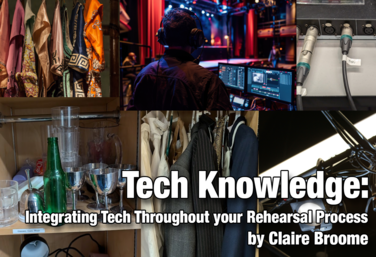
Tech Knowledge: Integrating Tech Throughout Your Rehearsal Process
by Claire Broome
View all Standards for Georgia Performance Standards - Theatre Arts Standards Master List